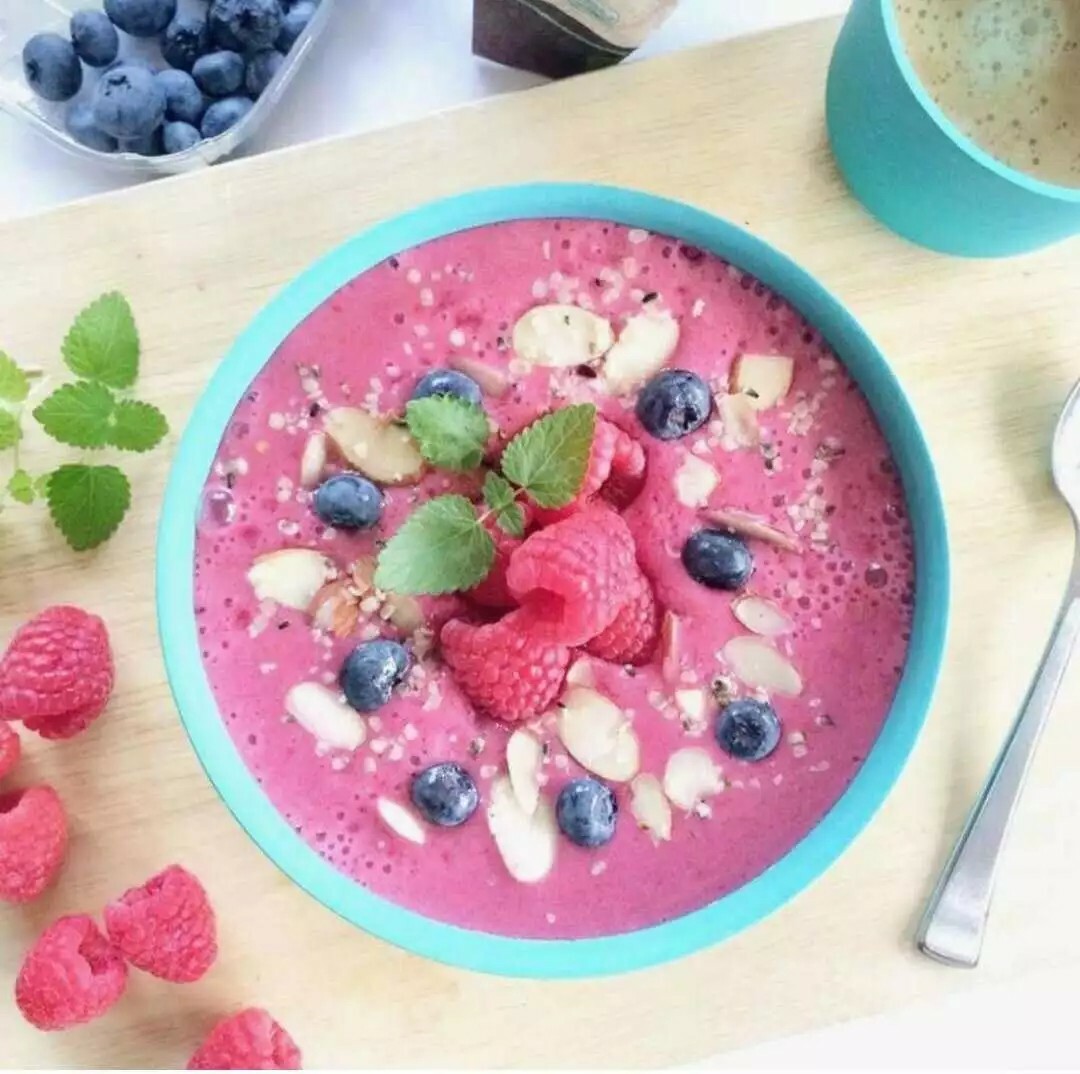
The "Dietary Guidelines for Chinese Residents" promulgated by the Ministry of Health in 2007 pointed out that starting from 6 months old, babies need to gradually add some complementary foods.

01
The order of adding complementary foods
Add cereal foods (such as iron-containing rice noodles) → (vegetable juice) vegetable puree → (fruit juice) fruit puree → animal food.
The order of adding animal food: egg yolk puree, fish puree (pick out bones and spines) → shrimp puree → whole eggs (such as steamed eggs) and all liver puree → animal blood puree → minced meat.
The order of adding food forms: food gradually becomes rough, first is mushy food (rice cereal, vegetable puree, fruit puree) → rotten porridge, rotten noodles, chopped vegetables, chopped fruit pieces → soft rice, soft noodles, small dumplings, small wontons Wait for soft solid foods.

02
Principles of adding complementary foods
Because there are certain individual differences in the growth and development of infants and their adaptability and preferences for food, the time, quantity and speed of adding complementary foods must be flexibly controlled according to the actual situation of the infant and follow the principle of step-by-step.
(1) From one type to multiple types: Add one type of food one by one. Observe the baby's digestion every time you add a food. The baby will adapt to it before starting to add new food.
(2) From a small amount to a large amount: The amount of complementary food added needs to be determined according to the infant’s nutritional needs and the maturity of the digestive tract. You can start adding rice flour once a day, starting from 5 grams each time. After the child digests it well, you can gradually increase the amount and frequency. Gradually replace 1 or 2 times of breast milk or formula milk with complementary food to achieve the purpose of stopping breastfeeding. .
(3) From thin to thick, from fine to coarse: liquid food → semi-liquid food → soft solid food → solid food, such as from rice cereal → rotten porridge → gruel → soft rice. The shape of the food should be given from fine to coarse, such as cooking water → fine vegetable puree → coarse vegetable puree → chopped vegetables and boiled vegetables.
(4) Children's food should be prepared separately . It is recommended to try a variety of foods within 1 year of age. The meals should have less sugar, no salt, and no condiments. The food added should be fresh, pay attention to hygiene during the preparation process, and should be cooked and eaten immediately, and do not eat leftover food.
(5) Encourage children to eat on their own and develop good eating habits. It is recommended to use a small spoon to feed the child, and allow the child to eat with his hands, and then learn to use a spoon to eat, further training the child's hand-eye coordination and fine movements.
(6) Regularly monitor the growth and development of your child.
Complementary foods should be introduced when the child is healthy. During the addition process, the child's digestive ability should be closely observed. If indigestion occurs, such as vomiting, diarrhea or illness, the addition should be postponed until the symptoms disappear or the disease is cured, and then start adding a small amount. Don't mistakenly think that the child is not healthy. After getting used to it, we no longer need to add complementary foods. In addition, if the child is unwilling to eat a certain food, do not force it to eat, otherwise it will arouse the child's disgust and fail to achieve the expected purpose. It is best to add new drinks when the child is thirsty and give new food when the child is hungry. In addition, the baby's tongue pushing reflex has not disappeared during this period and will spit out the food brought into the mouth. This cannot be regarded as a rejection of new food. Parents need to continue to feed the baby until the baby gradually learns to swallow. .

03
Specifically, it can be arranged like this
6 months old: 800 ml of breast milk or formula milk. Pureed food supplements: rice paste juice (fruit puree), vegetable juice (vegetable puree), egg yolk paste, fish paste, shrimp paste and liver paste.
7~9 months old: 800 ml of breast milk or formula milk. Feed semi-solid food as complementary food: such as rotten noodles, soft rice, shredded vegetables, thinly sliced fruits, minced meat, and whole eggs.
10~12 months old: 600ml~800ml of breast milk or formula milk. Feed soft solid food as supplementary food: such as meals based on small dumplings, small wontons, boiled vegetables, etc.
If a child is allergic to eggs, or some children are allergic to milk protein, they are often allergic to eggs as well. For these children, the introduction of eggs, especially whole eggs, can be delayed until after 1 year old or even after 2 years old.

